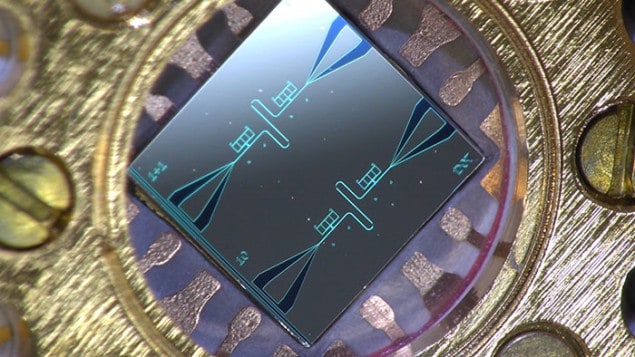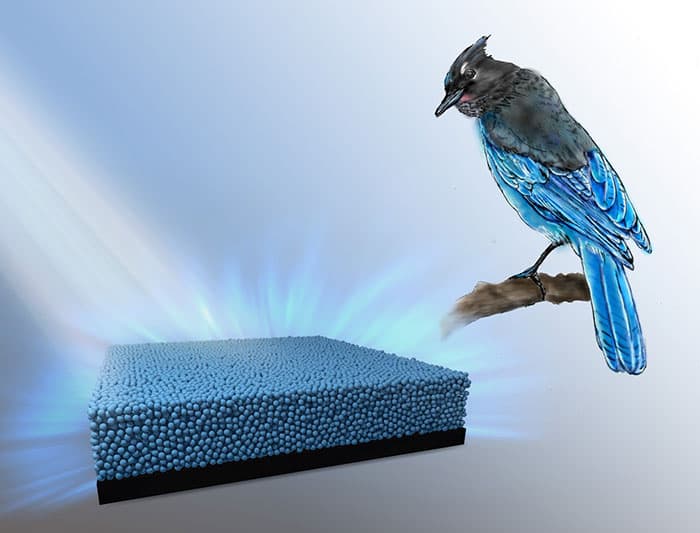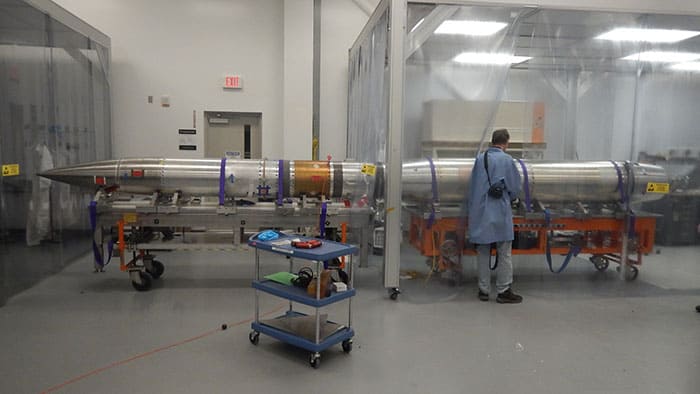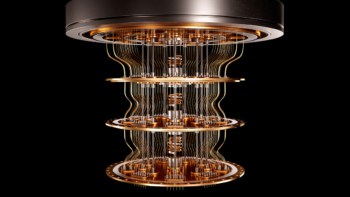Flash Physics is our daily pick of the latest need-to-know developments from the global physics community selected by Physics World‘s team of editors and reporters

A nano-fridge for quantum computers
A nanoscale “refrigerator” that could cool quantum computers has been developed by scientists in Finland. The team from Aalto University has cooled down a qubit-like superconducting resonator by tunnelling single electrons through a 2 nm-thick insulator. By providing the electrons with too little energy to tunnel directly, the charged particles capture the remaining energy needed from the nearby quantum device, with the loss of energy consequently cooling the device. To switch off the quantum-circuit refrigerator, the external voltage is simply turned off as the device it is cooling cannot provide enough energy to push an electron through the insulator. “I have worked on this gadget for five years and it finally works!” says team member Kuan Yen Tan. Next, the team hopes to apply its refrigerator to qubits, which switch states too much when they become too hot. The researchers also want to lower the minimum temperature and increase the rate at which cooling can be switched on and off. The work is presented in Nature Communications.
Mimicking nature’s vivid colours with transparent particles

Scientists have long known that certain birds and butterflies get their vivid plumage from structures in the wings and feathers that control how light is scattered and reflected, with the “structural colour” often changing depending on the angle with which the animal is viewed. However, the Stellar Jay – a bright blue bird – has underneath the light-scattering structures a layer of black particles that absorb any wavelengths that are scattered towards it, which makes the bird appears blue at all angles. Now, a team led by Yukikazu Takeoka of Nagoya University in Japan has recreated this layering effect. They covered a black plate with layers of transparent, 190 nm silica particles that scatter and reflect the light. By controlling the thickness of the silica, the researchers were able to control the colour intensity – if too thin, the coating was transparent but if too thick, it became white. They found a 1–2 μm-thick layer created bright blue when on a black background, while on glass it was a much less vivid colour. Furthermore, Takeoka and team tested different sized silica particles, which can scatter light to different degrees. The researchers were able to create green using 260 nm particles and purple using 300 nm. The artificial structural colours, presented in Advanced Materials, could be useful for applications where light control is important, such as solar cells or adaptive camouflage.
NASA launches quick-fire solar imager

NASA has successfully launched a mission to study the split-second changes that occur at the Sun’s most active regions. The Rapid Acquisition Imaging Spectrograph Experiment (RAISE) was launched by a sounding rocket on 5 May from New Mexico. The rocket travelled around 300 km into the Earth’s atmosphere, during which time the RAISE instrument took images every 0.2 s for five minutes. While there are several missions that continuously study the Sun – such as NASA’s Solar Dynamics Observatory – some areas that rapidly change require dedicated observation. After taking some 1500 images, the RAISE payload parachuted back to Earth where it is now being recovered. This is RAISE’s third flight, following launches in 2014 and 2010.
- You can find all our daily Flash Physics posts in the website’s news section, as well as on Twitter and Facebook using #FlashPhysics.



